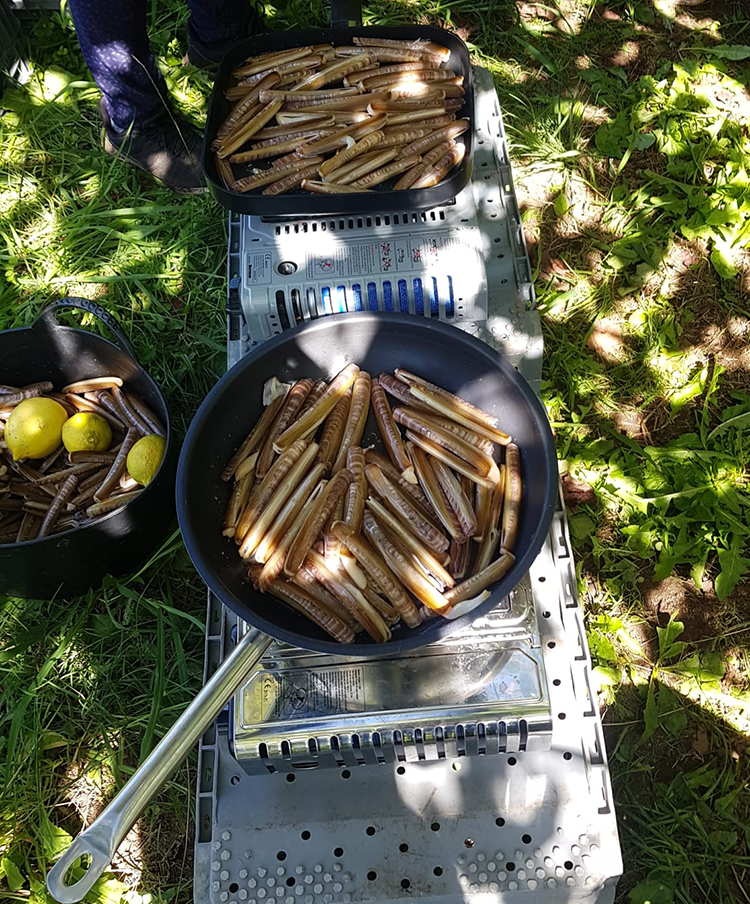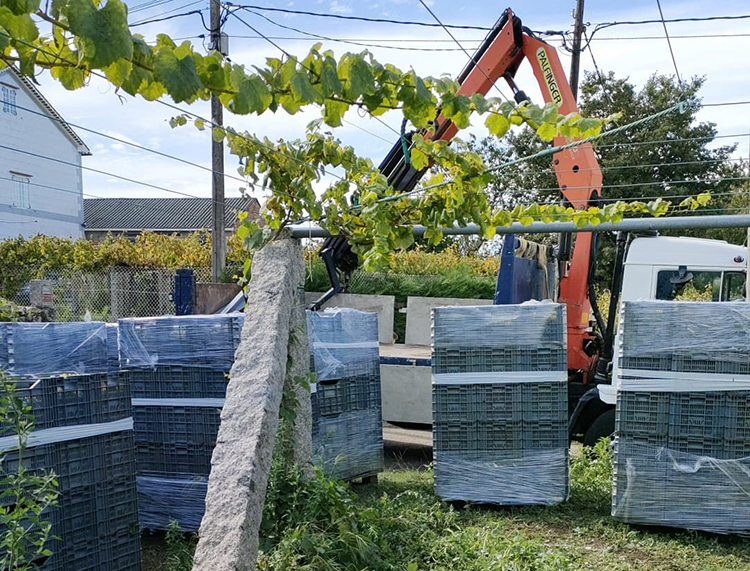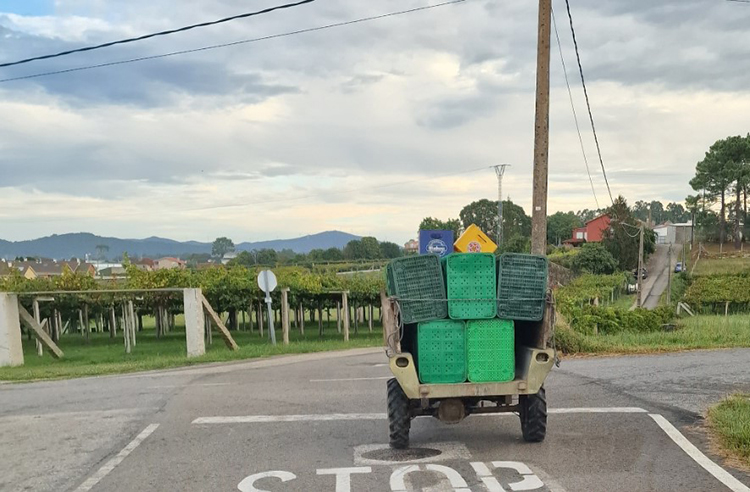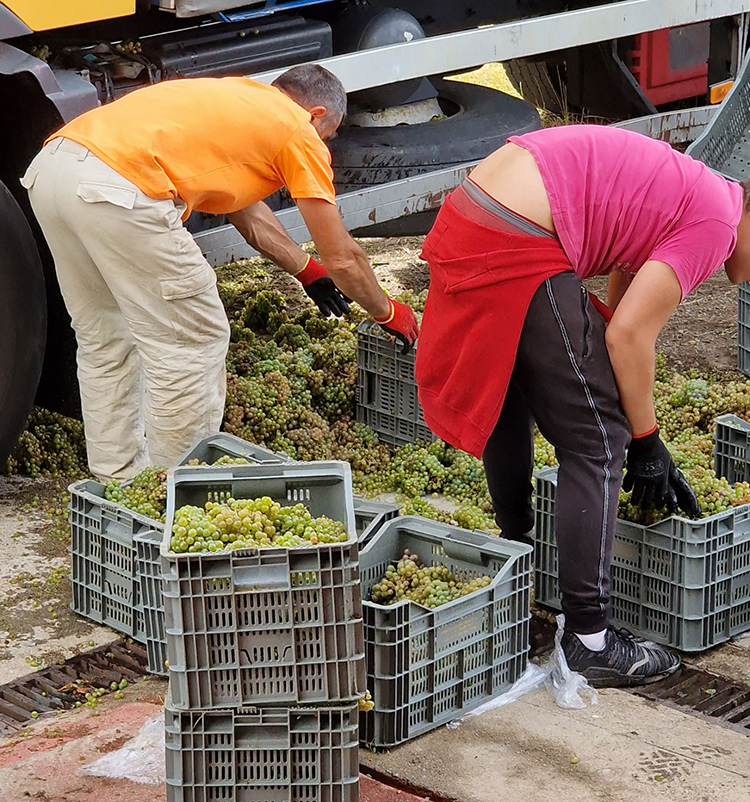Harvest 2023 – Day 12
September 15th, 2023 | Bodega
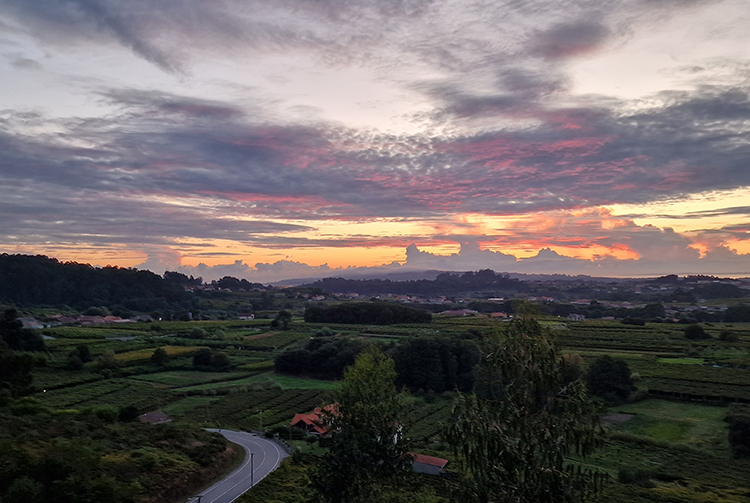
So, it seems like the end of the 2023 marathon has finally arrived. It has been a campaign fraught with difficulties, starting with the technical problems of our two very first presses, to our steadily depleting picking team (towards the end). To be brutally honest it has been long and exhausting and I’m sure that every single member of our team will be looking forward to getting home and putting their feet up – I can hear the sighs of relief from every side!
Of course, as I explain ever year, on the final day, we have to wait until every grape is inside the bodega and weighed before we can load the final presses. Obviously we don’t want to be left with an odd pallet of grapes that we can’t press. The minimum capacity of our smallest press is 3,000 kg and so every kilo has to be calculated and evenly distributed to make full loads.
Early assessment of the wine is good, supported by well balanced analyses from our lab. Good concentration of fruit, surprising viscous (despite the recent rains), albeit with an average alcohol a little lower than last year. We estimate somewhere between 12% and 12.5%.
Now that everything is done in the vineyards our undivided attention shifts to the cellar, seeding and monitoring fermentations for the next couple of weeks.



